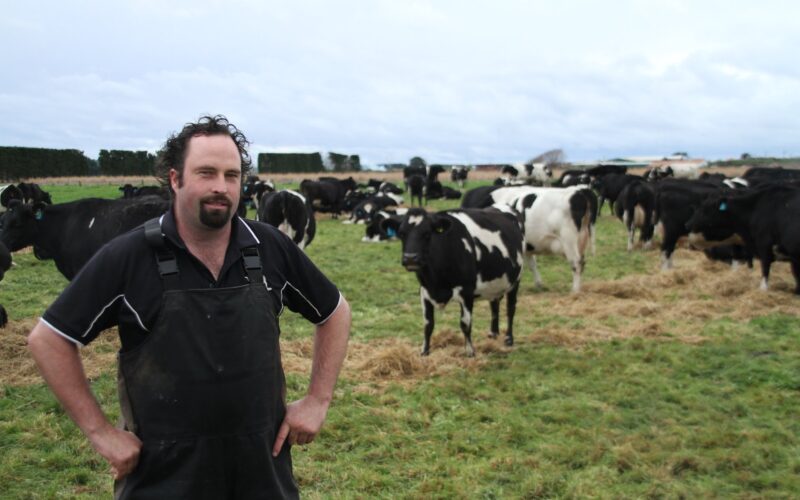Dairy farm ownership is slipping out of the reach of many sharemilkers, who make up 35% of the dairy industry, according to the Dairy Progression Pathways report written by AgFirst consultants.
The report commissioned by DairyNZ and Federated Farmers was written by James Allen and Nicola Kloeten who said, despite the difficulties, sharemilking as a career path was alive and well.
Fewer than half of sharemilkers now intended to buy a farm at the end of their sharemilking careers.
The AgFirst survey showed 47% had that intention versus 70% in 1996 and 55% in 2011.
A significant minority said they were unsure or that it would depend on what opportunities arose in the next few years.
Many said land was unaffordable and therefore farm ownership was unachievable.
The variation in milk prices between seasons was causing big issues for sharemilker returns and equity levels and the setting of appropriate percentages in agreements.
“There is anecdotal evidence suggesting an increase in variations to the standard clauses in sharemilking agreements around the sharing of the milk income, being evidence of the market adapting to milk price volatility.
“The timing of entry and exit is a critical feature in terms of maximising equity gain or minimising loss,” the authors said.
Variable order sharemilkers felt under the most pressure, compared with contract milkers and herd-owning sharemilkers.
Allen and Kloeten suggested standard clauses enabling altering of the percentage based on milk price, with minimum and maximum thresholds, might have avoided the big numbers of variable order sharemilkers dropping back to contract or herd managing positions mid-season.
Federated Farmers sharemilkers’ section chairman Richard McIntyre agreed flexibility was important in contracts.
“Sharemilkers need to be better equipped to survive the climate of volatility through contracts that are flexible, allowing them to manage risk. As sharemilking contracts evolve, it is important that the risk remains relative to reward,” McIntyre said.
“The report also highlights the need for improved due diligence prior to entering contracts. A number of failed sharemilking relationships can be traced back to a lack of due diligence at the start.”
The number of sharemilking positions in the dairy industry was relatively static but herd-owning sharemilkers were declining, a trend more pronounced in the South Island.
Only 17% of farms had herd-owning sharemilkers versus 23% a decade ago.
In the North Island the percentage was 19% versus 13% in the South Island, where higher debt levels among owners prevented them taking on sharemilkers and there were more corporate farm owners.
The number of herd-owning sharemilking positions available was dropping by about 50 a year and by 2020 would be down to an estimated 1800.
Many of those were in farm families and most contracts were for three years, meaning only one-third came up for renewal each year.
It was becoming increasingly difficult to time the entry into a herd-owning position to best financial advantage and the industry might have lost a significant number who got that timing wrong, the authors said.
Citing the DairyNZ Economic Group, the authors said asset values in 2014 were about $2400 a cow and herd-owning sharemilking debt was about $1700 a cow.
But cow values had fallen considerably last season to about $1600, suggesting a return to the 2009 position of herd-owning sharemilkers with debts (equivalent to $4.50-$5/kg milksolids) that exceeded the value of their cows.
The survey revealed that 60% of sharemilkers had changed their lifestyles to cut drawings, 35% had restructured to cut a staff member, 21% had sold assets and 27% had partners who were going back to work full or part time.










